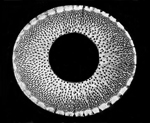|
Shakuhachi Atelier c/o Thorsten Knaub, re-visited on February 11, 2025:
" ... the term of suizen is nowadays pretty conclusively seen by scholars
as a creation of the mid-20th century ... "
吹禅
と
学者
The term 'Suizen' was introduced by the Kyōto Myōan Temple only in 1950.
That is just an established fact!
Torsten Olafsson, Denmark
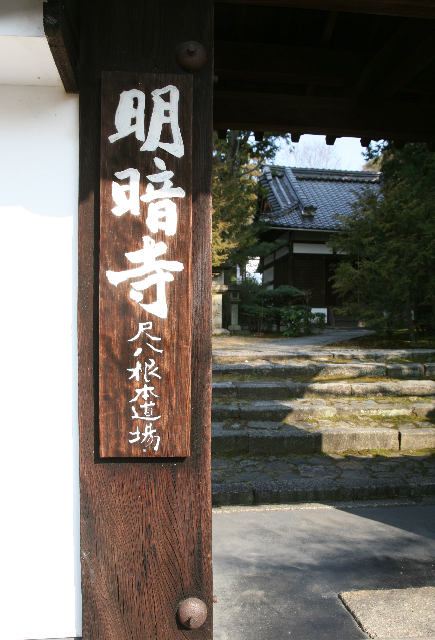
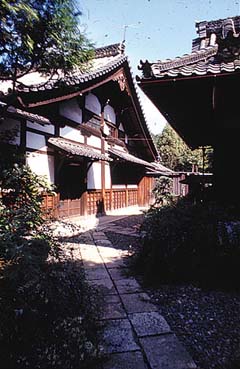
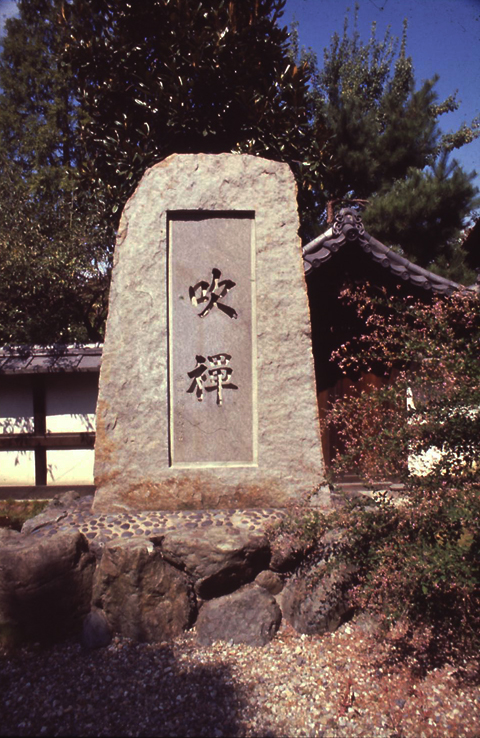
Myōan-ji gate and Buddha hall, new temple main hall, built 1969
& 'Suizen' monument, erected in 1966.
All photos by Torsten Olafsson, Spring, 1977.
THORSTEN KNAUB
is not only a skilled and reputed 'Shakuhachi' flute maker but also acting in the capacity as current chair person of
the influential European Shakuhachi Society, i.e. as of March 30, 2025.
Source:
Shakuhachi Atelier: "A Brief History"
Now, who might those so-called "scholars" actually be, in person - properly quoted with actual name mention - be they actual "scholars", or not?
Here you have some suggestions and examples, although 'Shakuhachi Researcher', "Shakuhachi Historian", "Shakuhachi Fact Finder",
or: "Shakuhachi History Myth Debunker", would be a quite more appropriate and respectful descriptions, indeed :-)
Apparently, however ... serious, thorough, and honest researchers are not being held in any high esteem among a majority of 'shakuhachi' players,
makers and other "non-historian actors" these days, are they ... ?
First, by way of introduction, to be explicit, it is only the present chronicler of yours - a.k.a. 'Mukuteki' :-) -
who has researched the history and deceitful modern applications of the 'Suizen' term in "all humanly possible" depth,
while since years ago also having published these conclusions of his openly on the internet:
That 'Suizen' was formulated and introduced only in the year 1950 - "mid-20th century"! - or very early 1950s,
by the new Kyōto Myōan-ji's first abbot, or chief monk, Yasuda Tenzan!
And, to so much alarm and discontent among Western players, in the Facebook
'Shakuhachi' group communities especially:
Edo Period 'Komusō' never actually used the 'Shakuhachi'
as an instrument of "Zazen-like" meditation or anything like that, whatsoever.
First of all: Edo Period 'Komusō' never ever themselves declared anything in actual writing about using their 'Shakuhachi' flutes
for any specific so-called "meditation" purposes!
And, the much beloved 'Honkyoku' music pieces were not created for neither begging practices nor for "meditation" but as a parallel or an alternative
to preaching the essence of Mahayana Buddhism, once expressed in the saying 'Onsei seppō',
音声説法, "sound sermons" - the exact date and author of which is still completely unverified.
CHRISTIAN THEODORE MAU
One experienced 'Suizen' and Myōan Temple researcher who deserves attention and appraisal is SOAS 2014 PhD Christian Theodore Mau
who has treated the 'Suizen' issue in detail,
on pages 115-116, especially, in his 2014 thesis titled "Situating the Myōan Kyōkai:
A Study of Suizen and the Fuke Shakuhachi".
Study the thesis via this PDF link - see also citations from the thesis in the below:
https://eprints.soas.ac.uk/18260/1/Mau_3575.pdf
QUOTATIONS / CHALLENGING STATEMENTS:
1: In 2000, the late Osaka University Prof. Tsukitani Tsuneko wrote,
"Playing the shakuhachi as an ascetic discipline [Zen no shugyū, ed.] is called 'Suizen'."
Tsukitani Sensei went on admitting, however,
"However, I can not yet find any written reference to when 'Suizen' became a term for 'Zazen' seated meditation
that changed into 'ascetic shakuhachi discipline' ['Suizen', ed.]."
Question, T.O.: Who ever claimed that 'Zazen' "changed" into 'Suizen', tell me?
Source, 2000:
1852: Kyōto Myōan-ji's 32nd 'Kansu' Rodō Genkyō's
Commandments Regarding 'Komusō' Begging Practice
and 'Sui-teki shugyō' - and the Possible Origin
of the Now so Very Misused Term 'Suizen'?
2: At the ESS/European Shakuhachi Society website you find this statement regarding 'Suizen',
quite apparently contributed by Kiku Day, years ago:
"Suizen (吹禅) – Lit: Blowing Zen.
The act of playing the shakuhachi as an act of meditation.
Although widely used, this word is, according to Tsukitani Tsuneko (conversation, 2007),
a post-Edo period creation."
Source:
ESS Website: "SHAKUHACHI GLOSSARY"
3: Christian T. Mau 'Suizen' thesis, 2014, pages 115 and 116:
"Thus, suizen, very fundamentally means blowing (the shakuhachi) meditation.
As an activity and concept, it is not only inextricably linked to the shakuhachi in general,
but especially to Myōan Temple, as the large stone marker on the grounds bears
testimony to.
As surprising as it may sound to those already familiar with the expression, however,
the word’s coinage is less than a century old, thus often rendering its usage
somewhat anachronistic when applying it in connection with pre-20th century practice."
"In fact, Yasuda Tenzan, who served as chief priest of Myōan Temple between 1950 and 1953
is credited with coining the term (Kojima, Personal Interview 25 October, 2009)."
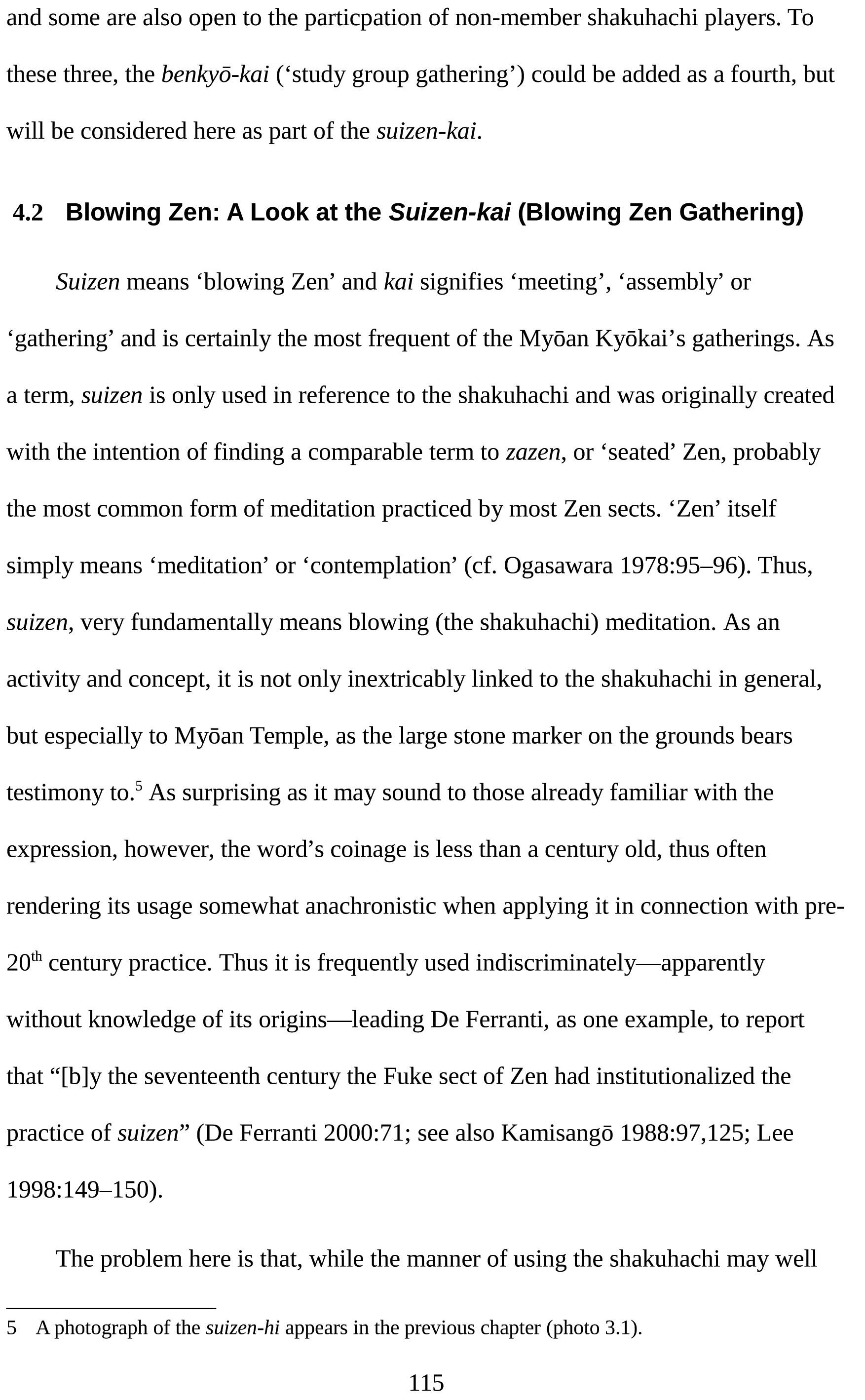
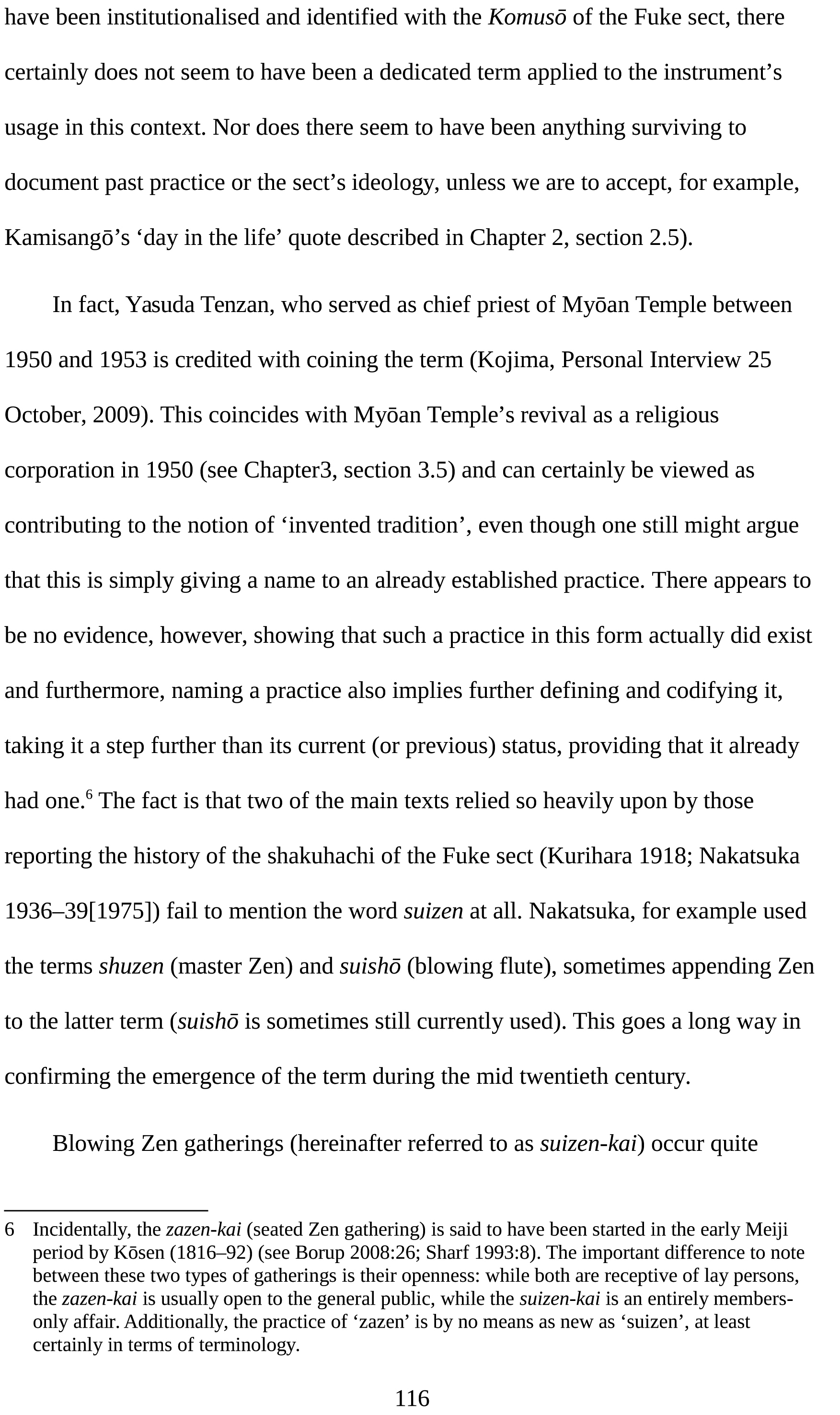
Christian T. Mau, 2014 SOAS thesis pages 115-116.
Source, 2014:
Christian Theodore Mau: Situating the Myōan Kyōkai:
a study of Suizen and the Fuke shakuhachi.
PhD Thesis. SOAS, University of London, 2014.
Link: https://eprints.soas.ac.uk/18260/1/Mau_3575.pdf
4: Kiku Day on 'Suizen' in relation to "Shakuhachi Meditation and Mindfulness", 2014 thesis:
"And shakuhachi playing as meditation is often described as suizen (lit. blowing Zen), often as a counterpart to zazen (lit. sitting Zen or
the meditation practice performed in Zen Buddhism).
However, I have not seen the word suizen in any historical documents, and nor had prof. Tsukitani Tsuneko (1944–2010),
who explained to me, that the first time the word appeared was when the stone, in which the word is engraved,
was erected at the Myōanji temple in Kyoto in the early 20th century (personal conversation 2007)."
Comment by the editor to the Kiku Day thesis page 13:
The first mention of the term 'Suizen' dates to 1950, at the very earliest;
the 'Suizen' stone monument at Kyōto Myōan-ji was erected as late as in 1966 - simple as that.
However, in Kiku Day's 2014 mindfulness thesis, on page 26 you also read:
"Komusō (
虚無僧
) lit.: Monks of nothingness.
The monks, of the Fuke sect, who played shakuhachi as a meditation tool."
"Suizen (
吹禅
): lit.: Blowing Zen or meditation playing shakuhachi.
A word that is engraved in a Stone at Myōanji temple, Kyoto, Japan.
According to ethnomusicologist Tsukitani Tsuneko, it is a word that did not appear before early 20th century.
Source, 2014:
Kiku Day: Mindful playing, mindful practice:
The shakuhachi as a modern meditation tool.
An assignment submitted in partial fulfilment of the requirements
for the Mindfulness Instructor Course at Skolen
for Anvendt Meditation. Denmark, October 10, 2014.
5: Kiku Day claims in an article of hers published online in the Ethnomusicology Forum, 2022, page 2:
"The shakuhachi was used as a tool for spiritual practice by the komusō monks, the
mendicant monks of the Fuke sect, which is regarded to have been loosely affiliated
with Zen Buddhism (see Tsukitani 2008: 150–2; Deeg 2007: 20–2).
It is, however, also noteworthy that almost no written documentation of their spiritual practices remains
today, indicating that the use of the shakuhachi as a meditation tool fell into oblivion
after the sect was permanently abolished in 1871, although the awareness of the instrument’s
spiritual background is high among players both in and outside Japan."
" ... very little has been written on its use as a tool for meditation."
Comment: ... "spiritual practice", "loosely affiliated", "meditation tool", "spiritual background" etc.?
No, no, and no again: Nothing was ever "written on its use as a tool for meditation" during the entire Edo Period, period!
Source, 2022:
Kiku Day: 'Mindful playing: a practice research investigation into shakuhachi playing and meditation'.
Article in Ethnomusicology Forum, 31.1, pages 143-159, February 8, 2022.
Links, URLs: https://www.tandfonline.com/doi/full/10.1080/17411912.2021.2025121
https://core.ac.uk/download/491117274.pdf
6: Kiku Day stated on her personal Facebook page, on May 27, 2024, commenting
on a photo of herself and others at the Myōan Temple in Kyōto:
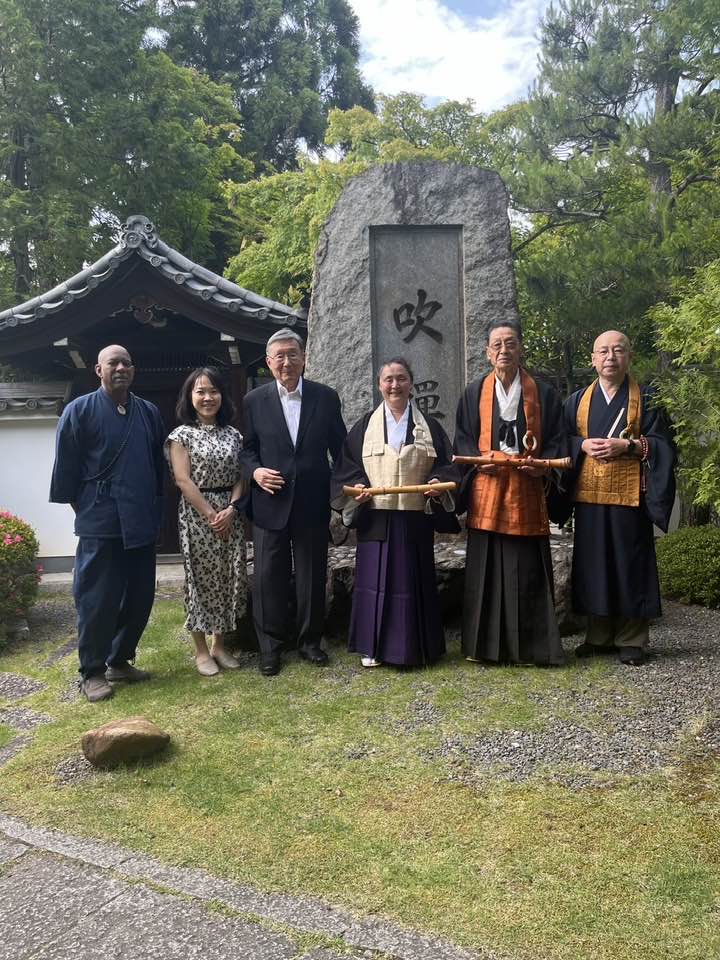
"The classic shot in front of the suizen stone.
Yes yes we know about suizen... not an Edo concept."
Source, 2024:
Kiku Day on Facebook, May 27, 2024
7: Cesar Viana still writes on his shakuhachi website like this, as of February 11, 2025:
"suizen
The SHAKUHACHI is much more than just a musical instrument: it is a tool for meditation.
Legend has it that the Komuso, samurai monks in traditional Japan, would use it for the practice of Suizen
(blowing zen), an alternative to the more widely known Zazen (sitting zen)."
"Actual historical evidence of the practice of Suizen by the Komuso is widely disputed by modern scholars,
but the concept itself can be used in a very effective way as a powerful tool to enhance your practice."
Source, 2025:
Cesar Viana: WALKING SUIZEN
8: ISS Chair Person Elliot Kanshin Kallen writes about alleged, but strongly debunked, 'Komusō Suizen' practice on the society's website,
revisited on February 11, 2025:
"Honkyoku as meditation
Many documents mention the use of the shakuhachi for religious purposes, but none actually outline how this was done.
We can assume any number of scenarios revolving around the concentration needed to accomplish the difficult manual techniques of playing the honkyoku repertoire and,
especially, the control of breathing required, (much like seated Zen meditation), but the fact remains
- we can never really know with any certainty how the komusō's meditative practice called Suizen (Blowing Zen) was done.
This, in spite of sayings passed down to us like, "Enlightenment in one sound", or, "Blowing and Zen are one"."
Source, 2025:
https://www.komuso.com/top/komuso_history.pl?lang=6
The ACTUAL FACTS REGARDING the ORIGIN and HISTORY of 'SUIZEN':
1950s ... : The Origin of 'Suizen' at Kyōto Myōan-ji:
Kobayashi Shizan, Tomimori Kyozan,
Tanikita Muchiku, Yasuda Tenzan,
Hirazumi Taizan, Koizumi Ryōan,
Fukumoto Kyoan, Yoshimura Sōshin a.o.
|
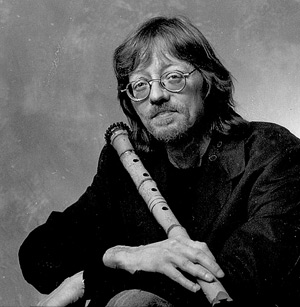
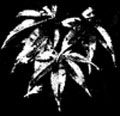
Momiji
|
